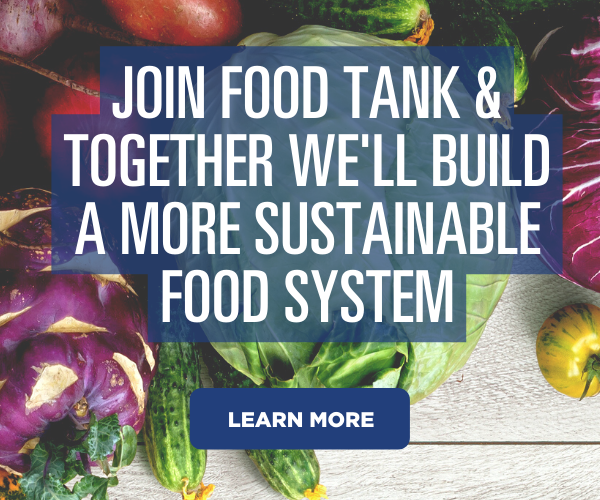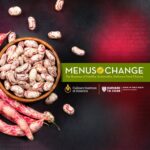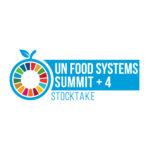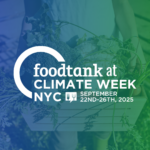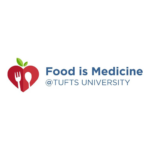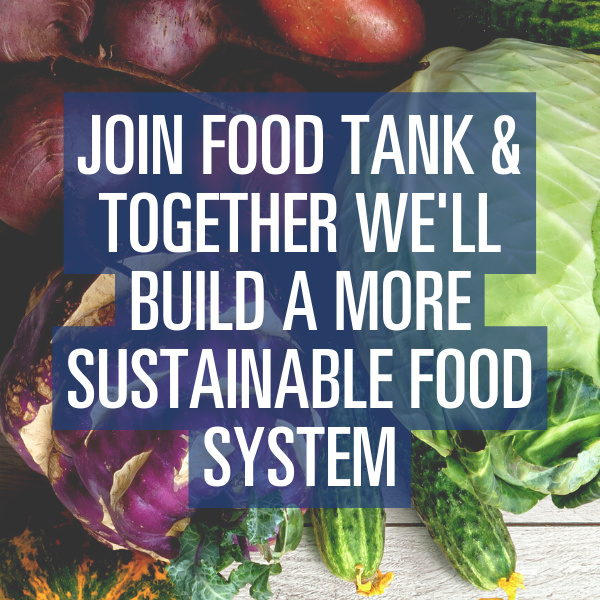A recent brief from the U.N. Food and Agriculture Organization (FAO) highlights the critical role of forests and wild foods in transforming food systems. If current trends persist, the brief warns, the degradation of forest food systems will continue to challenge global efforts to address food insecurity, biodiversity loss, and the climate crisis.
Produced in collaboration with People and Plants International and the Alliance of Bioversity International, Forests, trees and wild species in agrifood systems shows that over 5.7 billion people rely on non-timber forest products (NTFPs) for food, energy, medicine, and income.
”Despite playing a critical role in nutrition, health, and food security, smallholder and traditional food systems are regularly underestimated because of their smaller scale, diversity, and seasonality,” Sarah Laird, a contributor to the brief, tells Food Tank. “Yet these qualities are their superpowers, making these food systems resilient, nutritious, and far more secure than industrial agriculture.”
The report highlights the biodiversity preserved in forests—approximately 50,000 wild species are used worldwide, 10,000 of which are used to feed humans. Despite this remarkable diversity, 66 percent of global crop production is made up of only nine plant species.
Industrial agriculture’s focus on growing these nine crops contributes significantly to deforestation and ecosystem degradation. According to the FAO, over half of global greenhouse gas emissions stem from the food system, deforestation, and ecosystem decline. “Beyond this impact, logging, and the forest degradation and fragmentation associated with agriculture, can create a launch pad for novel human viruses,” warns Laird.
Forests also play a crucial role in nutrition, especially for vulnerable populations. Wild species provide essential vitamins, proteins, and minerals. “Numerous studies around the world have demonstrated the value of wild-harvested species for health, nutrition, and wellbeing, including a correlation between forests and the consumption of foods rich in micronutrients, and the negative impact on nutrition and health resulting from forest and biodiversity loss,” Laird adds.
The FAO brief highlights forest food systems as sustainable models essential for addressing the climate crisis. These systems, which integrate trees with crops and livestock, are better able to protect biodiversity, sequester carbon, and adapt to harsh or unpredictable conditions. “Traditional forest management systems…focus on resilience and reduced risk rather than concentrated gain,” Laird tells Food Tank.
Laird emphasizes how supporting local communities to manage forests sustainably can drive meaningful change. “By supporting local community efforts to conserve their traditional food systems and natural environment a broader process of change can be catalyzed.”
“The very foods and systems we overlook—wild-harvested species, smallholder farm products, and traditional management—are key to secure, healthy, and environmentally sound food systems,” Laird argues. “Yet, policymakers are often unaware of their critical contributions to nutrition, health, and the environment.”
As countries seek to develop climate-smart, biodiversity-friendly agriculture, traditional forest food systems offer valuable lessons.“We need policy strategies that accommodate multiple goals at once: secure food production, biodiversity and forest conservation, clean water, reduced flooding, and carbon storage. Addressing these in silos misses their interconnections,” says Laird.
The brief calls for more comprehensive research on the impact of biodiversity on nutrition and the role of forest foods in traditional food systems. “Improved data collection should integrate, not marginalize, communities, and focus on subsistence and local food production alongside industrial agriculture. Collaborating with communities ensures the research results are accurate, relevant, and ethically gathered,” Laird adds.
“Effort is needed to produce data that makes clear the value of these food systems – for health and nutrition, but also because they feed the rural poor, are accessible and secure, provide income and livelihoods, and are far better for the environment.” Laird explains. “There is an opening for greater recognition of the value of traditional, wild-harvested, and smallholder food systems, and hopefully there will be increased support through national and global policy-making.”
Articles like the one you just read are made possible through the generosity of Food Tank members. Can we please count on you to be part of our growing movement? Become a member today by clicking here.
Photo courtesy of Marita Kavelashvili, Unsplash




